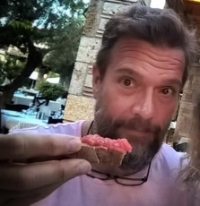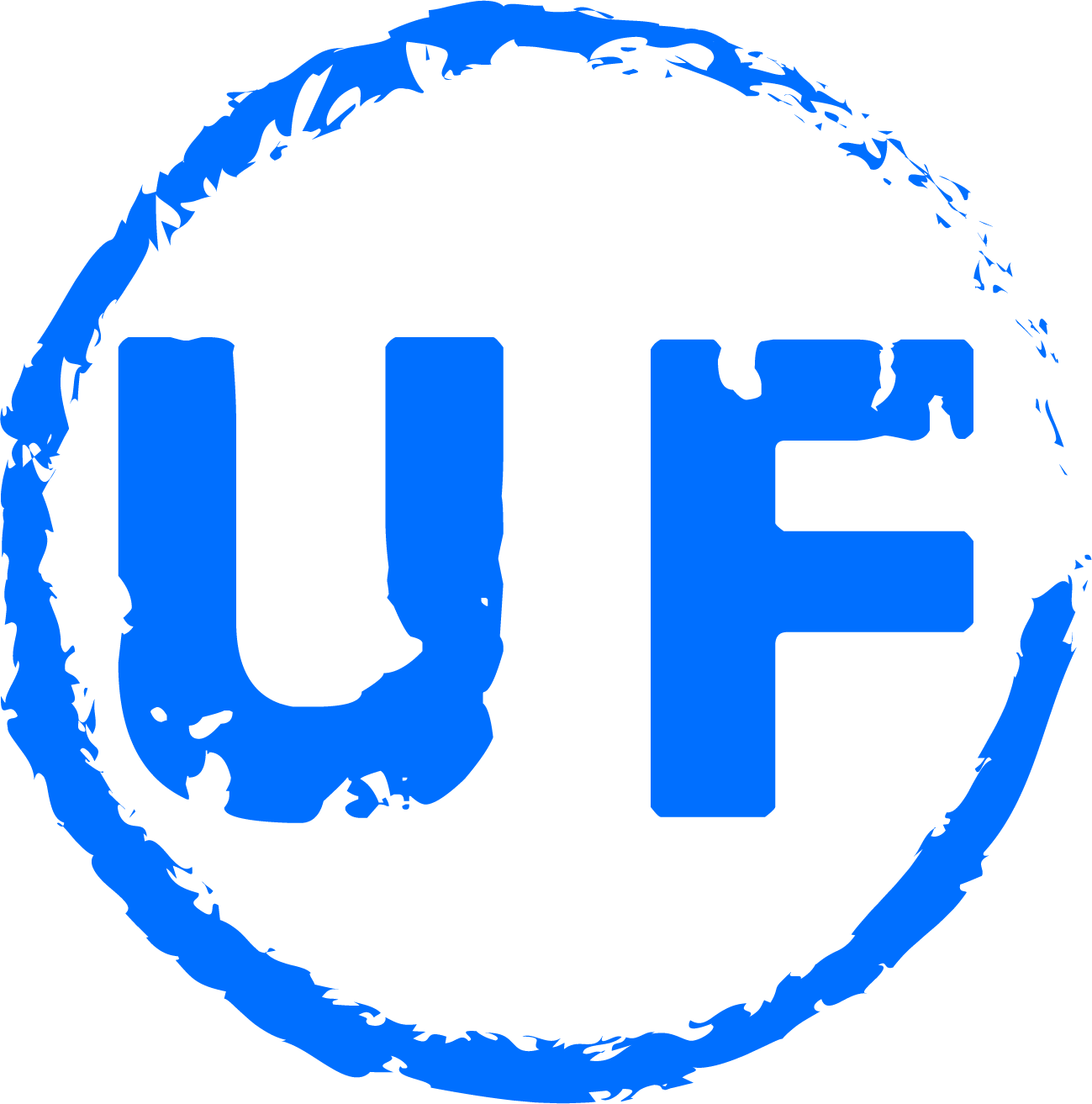Perhaps I shouldn’t be admitting this, but prior to September 2020 I had never even heard of foresight as a formal method for anything. It was also at this time that I joined VTT (Technical Research Centre of Finland Ltd.) and started working on the PREDIS project which is a research and innovation action granted by the European Atomic Energy Community targeting the development and improvement of activities for the characterisation, processing, storage and acceptance of intermediate- and low-level (ILW/LLW) radioactive waste streams. One aspect of this project involves strategic research planning and it provided me with an introduction to both aspects of foresight and Dr. Rafael Popper, who was advising us.
During our first meetings I was able appreciate Dr. Popper’s passion and knowledge for the subject, but I didn’t have the vocabulary or process understanding to completely follow what he was talking about. I distinctly recall panicking a bit when I kept hearing the acronym TEEPSES[1] spoken aloud and not having any idea a) what it referred to and b) how it was even actually spelled. I soon came to realize that casual google searches related to foresight, or foresight-related topics, will turn up multitudes of hits. So multitudinous in fact, that it is quite overwhelming to know where to begin.
Fast forward a few months and I am getting more versed in activities concerned with planning strategic research agendas such as performing a gap analysis, participating in workshops, engaging stakeholders, etc. and I was suddenly presented with the opportunity to attend a virtual course on Foresight Methods to be delivered by Dr. Popper and co-facilitated with Mr. Jouko Myllyoja. I immediately agreed to attend.[2] This course was to be my first foray into any kind of structured learning about foresight and I was excited and nervous: excited because it is fun to learn new things and nervous because I was worried about being the most ignorant person in the (virtual) room.
The course was billed as being beneficial for anyone interested in designing, implementing, coordinating, managing or evaluating processes related to foresight projects or the application of specific foresight methods. It was organised into three, consecutive half days with three sessions per day each of approximately one hour. The first two sessions on each day were devoted to lectures and the last sessions were used for practical group exercises. In all, there were 22 participants from 13 different countries.
On the first day of the course we heard lectures covering the foresight process, foresight methods and methodological frameworks (i.e, mixing of methods) and selection of methods. One important take-home message from the first day was that foresight should produce sound, robust and implementable recommendations which aim to enact real change and development. The first day ended with a small-group, practical exercise on designing a methodological approach in a foresight process. This undertaking was definitely instructive as it required thinking about the rationales behind the method choices. Moreover, it allowed participants the opportunity to interact and get to know one another.
The second day of the course began with a lecture on cross-impact and critical issues analysis on hypothetical scenarios or states of systems from issues/components representing barriers, drivers, opportunities and threats. Such an analysis helps to understand the system and the relationships of its parts better and serves to identify those that are pivotal. Identification of the most important parts is useful in strategic decision-making. Insofar as the issues/components are identified through expert input, it was stressed that the role of experts in the process must not be underestimated.
We also were given a lecture on designing and running Delphi processes. The Delphi process is a well-established foresight method and is used to reach consensus on an examined topic over several rounds of questionnaires/surveys and therefore it is critical that the questions are carefully formulated to not only ensure the information received has value, but also to persuade respondents to complete the process.
The second day ended with a practical exercise aimed at creating a list of issues across the TEEPSES (see footnote 1) landscape for a given topic and the start of plotting these issues on a two-by-two matrix with each axis representing impact on given outcomes. The scope and complexity of the task required high levels of participant interaction and demonstrated the level of critical thinking involved in these processes.
The third and final day of the course started with a lecture on wild cards and weak signals analysis and its role in mapping and creating organisational futures. Wild cards are unexpected events with high impact whereas weak signals represent the first signs of paradigm shifts or future trends or drivers. Wild card and weak signal identification allows, e.g., the identification of new possibilities, the consequences of current strategies and decisions that have already been taken, the specification of future spheres of activity, risk analysis and the preparation for possible negative events.
The last lecture of the course was dedicated to robust advice framing and action roadmapping. Foresight-driven recommendations take the form of advice on policies and actions, investment and training, research priorities, etc. A such, it is imperative that this advice is as sound and robust as possible. It was discussed that foresight practitioners could offer more consistent and convincing advice through having it repositioned across different future contexts, represented by a broad spectrum of participant roles and areas of knowledge and resolved through elaborate argumentation and discourse.
Roadmaps were presented, generally, as strategic plans that describe the steps needed to achieve stated outcomes and goals. Numerous approaches to developing roadmaps were discussed, but it was emphasised that a successful roadmapping process maximises expert and stakeholder participation and interaction in creating the plan and ensures that the plan contains clear objectives, actions, priorities and timelines. It was also stressed that roadmaps are dynamic; they evolve over time as progress is made, external factors change, and more information becomes available.
The day and course ended with each group completing their two-by-two matrix plots, selecting and justifying a scenario on the basis of the segregated issues, developing policy recommendations regarding the identified scenario and presenting the results to the other groups.
Overall, I found the course to be an informative and rewarding excursion into foresight. It showed me interesting ways to expand and reframe the range of possible developments when thinking about what the future will hold in my own (and any) area of expertise. Indeed, participating in the course has already helped me to conceptualise how to organize an approach in an upcoming project.
I hope I will have opportunities in the future to both continue my formal and informal education in foresighting and work with Dr. Popper and his team at VTT.
A version of this post appears on the Manchester Institute of Innovation Research blog.
[1] Techological, Economic, Environmental, Political, Social, Ethical and Spatial issue categories as I would come to learn.
[2] I now consider this instance of serendipity to be a “wild card” in my own professional development.
Relevant themes:
Science & Research Policy
Relevant tags: executive education, foresight, methods, knowledge transfer, methodology



